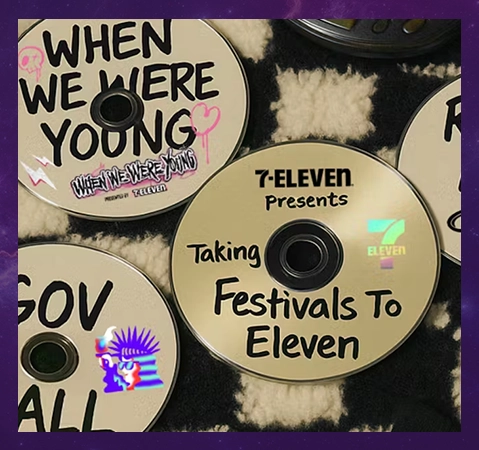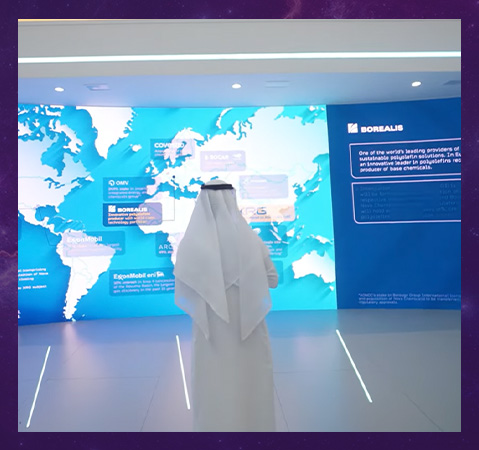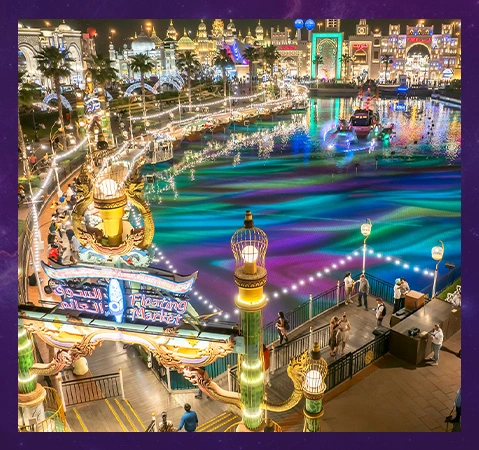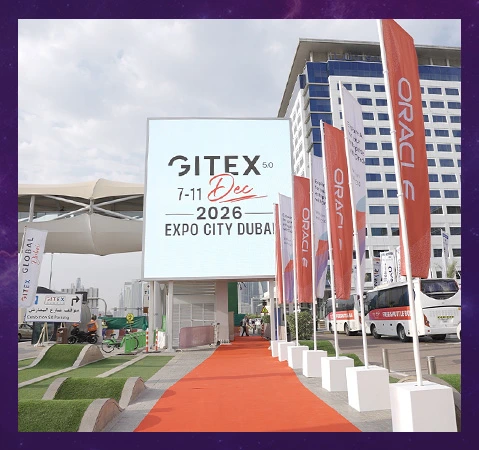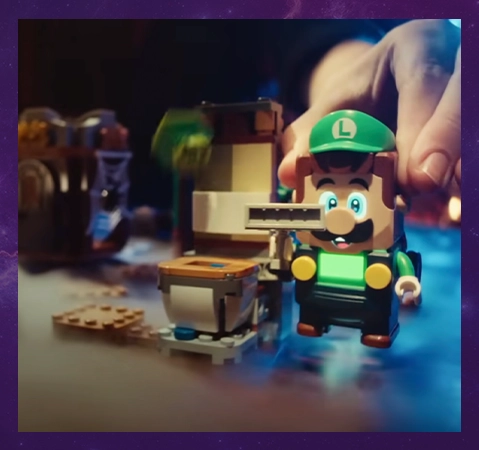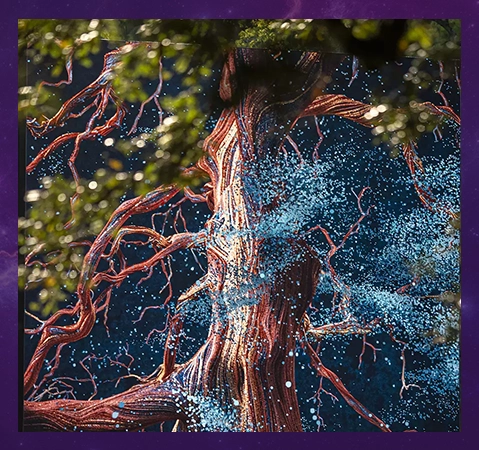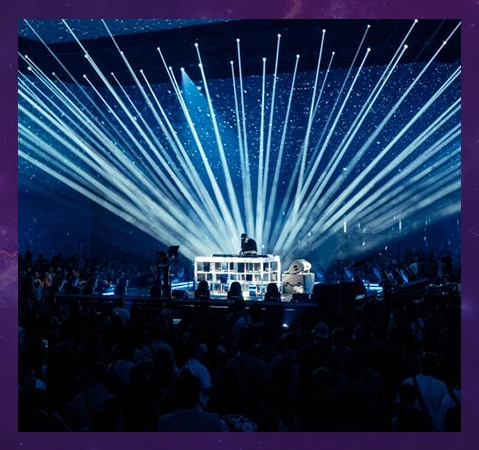
Immersive Heritage: How Governments Are Redefining Museums for the Modern Traveler
share

In a time when travelers crave connection over checklists, cultural tourism is undergoing a renaissance. Museums are no longer quiet corridors of untouchable artifacts—they’ve become sensory-rich realms where history pulses with life. Powering this global evolution are national governments, reimagining their cultural offerings to meet the demands of today’s experience-hungry audiences.
From the historic streets of Washington D.C. to the ancient landscapes of Şanlıurfa, governments are pouring significant resources into transforming museums into dynamic storytelling hubs. These institutions don’t just display history—they invite people to live it. Tourists today are eager to engage: stepping inside digital recreations of ancient cities, meeting AI-powered figures from the past, or touching 3D-printed relics of lost civilizations.
More than cultural preservation, these efforts are also strategic—boosting tourism revenue, strengthening national identity, and sparking local employment. With the cultural tourism sector set to soar in the coming years, immersive museums have become key players in both economic policy and soft power. Through augmented reality, motion sensing, and interactive design, heritage is no longer behind glass—it’s all around you.
Let’s explore five transformative museums that exemplify how governments are blending technology, tradition, and tourism into unforgettable journeys.
A Rising Legacy: The National Museum of African American History and Culture, Washington D.C.
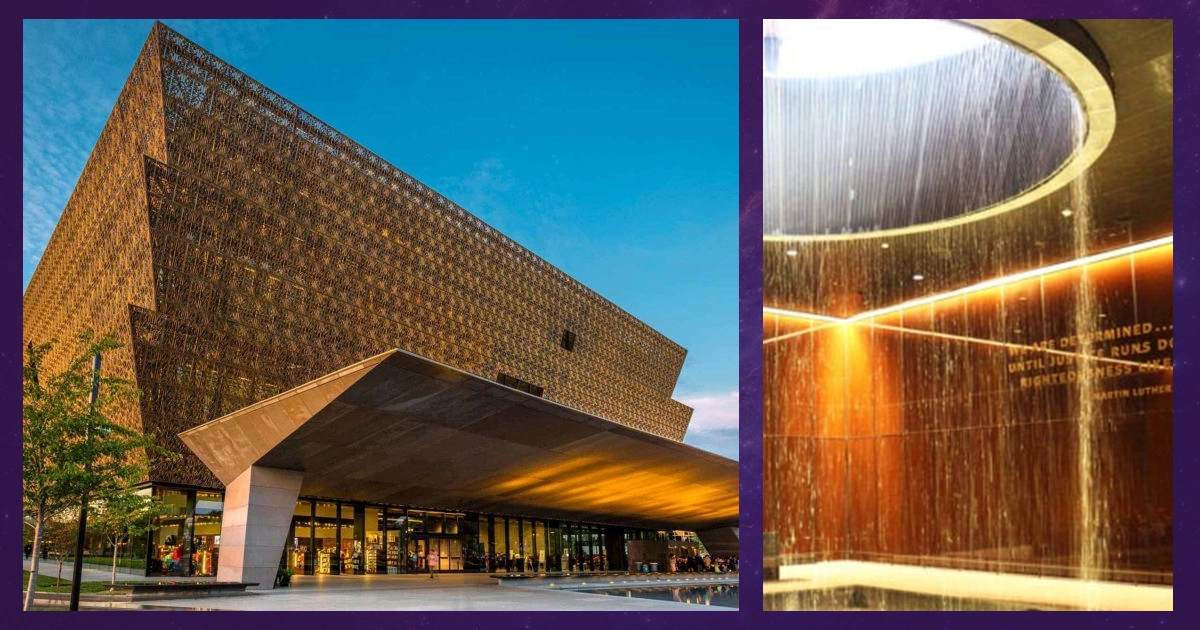
The National Museum of African American History and Culture (NMAAHC) stands as a powerful testament to the lived experience of Black Americans—and a shining example of how government investment can bring history to life. As the 19th addition to the Smithsonian Institution, this museum opened in 2016 following decades of grassroots efforts and more than $500 million in funding—half of which was contributed by the U.S. government. Situated prominently on the National Mall, it has quickly become a cultural and economic landmark in the capital.
What sets NMAAHC apart is its immersive approach to storytelling. The museum’s architecture itself tells a story: rising from the earth in a bronze-clad corona, it symbolizes the resilience and emergence of African American identity. Inside, visitors descend chronologically through centuries of struggle and triumph—from the horrors of slavery to the vibrancy of modern Black culture.
Rather than relying on traditional displays, exhibitions like “Slavery and Freedom” and “The Era of Segregation” envelop visitors in multimedia environments. Soundscapes, tactile objects, and projected reenactments evoke powerful emotions and deep engagement. The “Reflection Room” offers a solemn space for contemplation, allowing guests to process the emotional weight of what they’ve encountered.
Interactive features in the “Community Galleries” allow visitors to explore digital collections, contribute family stories, and listen to firsthand accounts via touchscreens—transforming the museum into a living archive shaped by its guests.
More than a cultural milestone, NMAAHC is a thriving economic engine—attracting millions annually, boosting local tourism, and cementing Washington D.C. as a destination for meaningful cultural engagement. It’s a compelling example of how immersive museums, supported by public funding, can serve as vessels of truth, memory, and national pride.
Louvre Abu Dhabi: A Cultural Beacon Forged Through Collaboration and Vision

The Louvre Abu Dhabi stands as a striking testament to how cultural ambition, government backing, and international collaboration can reshape a nation’s global identity. Launched in 2017 through a groundbreaking 30-year agreement between the United Arab Emirates and France, this museum is more than a gallery—it’s a symbol of the UAE’s transformation. With an investment exceeding $1 billion, the museum is a pillar of the country’s Vision 2030—a strategic plan to pivot the economy from oil reliance to innovation-driven sectors like education, tourism, and the arts.
Designed by Pritzker Prize-winning architect Jean Nouvel, the museum’s iconic dome—a geometric marvel—creates a mesmerizing ‘rain of light,’ echoing the interplays of shadow and sun found in traditional Arabic architecture. The effect sets the tone for a contemplative journey where architecture and artistry seamlessly merge.
Inside, the Louvre Abu Dhabi follows a universal narrative approach, blending antiquities and modern works from across civilizations. Rather than grouping by geography, the galleries unfold thematically, illustrating the shared threads of human creativity and culture across time.
Where it truly innovates is in its use of digital storytelling. Augmented reality enriches selected exhibits, enabling visitors to dive deeper into context—seeing how objects once functioned or what they meant in their original settings. Interactive multilingual displays and app-guided tours enhance accessibility and personalize the experience for a global audience.
Beyond its walls, government efforts have ensured the museum’s cultural impact extends into education and community engagement. Workshops, rotating exhibits, and artist residencies, often conducted in collaboration with local schools and universities, make the institution a vibrant, evolving cultural hub rather than a static monument.
Today, Louvre Abu Dhabi is a cornerstone of the UAE’s emergence as a global cultural destination. It demonstrates how immersive museum spaces can operate as instruments of soft power—inviting dialogue, celebrating shared heritage, and inviting the world to see the Middle East in a new light.
Stepping into this progressive space is Sentient By Elysian (SBE), a UAE-based experiential agency that shares a similar vision of cultural storytelling. At events like ATM 2025, SBE reimagines heritage through technology, from VR cycling journeys through Sharjah’s landscapes to immersive floor installations and interactive displays. Inspired by global digital artists and national cultural ambitions, SBE crafts emotionally engaging environments that merge tradition with the future—bringing destinations to life in unforgettable ways.
TeamLab Planets: Tokyo’s Portal into Sensory Art and Technological Wonder

In the heart of Tokyo, TeamLab Planets redefines what a museum can be. Launched in 2018 with support from Japan’s Ministry of Economy, Trade and Industry and various private-sector partners, this immersive space is less about observation and more about experience. The museum aligns with Japan’s broader vision of championing creative industries and future-forward tourism.
Visitors are invited to shed their shoes and step into a series of interactive, dreamlike environments. Projections of koi fish glide across pools of water, reacting in real-time to footsteps. Floating gardens bloom at the slightest touch. Powered by advanced motion tracking, AI, and sensory tech, each room evolves with its guests—making every visit utterly unique.
Rather than presenting art behind glass, TeamLab Planets invites full-body interaction. This approach resonates with Japan’s cultural shift—balancing tradition with futurism and positioning Tokyo as a leader in next-gen cultural experiences. Collaborations with tourism authorities and international campaigns have solidified TeamLab as a cornerstone of Japan’s modern identity.
As TeamLab expands globally, its Tokyo flagship remains a symbol of how immersive design, supported by public vision, can redefine cultural engagement. It's a beacon for younger travelers and digital creatives, blurring the lines between viewer and artwork in mesmerizing ways.
Şanlıurfa Archaeology Museum: Türkiye’s Living Link to Ancient Civilizations

Tucked away in southeastern Türkiye, the Şanlıurfa Archaeology Museum is a powerful fusion of antiquity and innovation. Acting as the primary interpretive center for Göbeklitepe—the world’s oldest known temple—this museum has become a key focus of national investment. Spearheaded by the Turkish Ministry of Culture and Tourism, its development is part of a strategic effort to spotlight culturally rich but lesser-visited regions.
Through interactive screens, holographic guides, and immersive 3D reconstructions, the museum invites visitors to engage with early human history like never before. Its standout feature—a panoramic digital dome—transports guests into a virtual reimagining of Göbekli Tepe, where they can witness the site’s original scale, artistry, and ceremonial use.
But this isn’t merely an educational upgrade. Türkiye is purposefully decentralizing tourism, drawing attention away from Istanbul and the coasts to historical heartlands like Şanlıurfa. Government partnerships with UNESCO and academic institutions further amplify the region’s global visibility.
From schoolchildren attending interactive workshops to international tourists journeying through time, Şanlıurfa Archaeology Museum represents a modern approach to heritage preservation—one where history is not just studied but felt, walked through, and remembered.
Musée d'Orsay: A Classical Institution Embracing the Digital Age

Long admired for its Impressionist and Post-Impressionist treasures, Paris’s Musée d'Orsay has quietly undergone a digital renaissance. With backing from the French Ministry of Culture, the museum has evolved into a compelling mix of 19th-century elegance and 21st-century innovation.
One of the most striking updates is the Van Gogh immersive room, where vibrant projections and ambient soundscapes plunge visitors into the emotional world of the iconic painter. Elsewhere, app-based augmented reality tours offer layered historical context, while curated thematic routes allow guests to tailor their visit—from explorations of feminism in art to deep dives into artistic technique.
These efforts are part of a nationwide initiative to make France’s cultural institutions more accessible, inclusive, and responsive to changing visitor expectations. Artist workshops, educational programs, and live sketching sessions extend the museum’s reach beyond passive display to active cultural participation.
Attracting millions annually, the Musée d'Orsay proves that timeless collections can remain relevant—and even revolutionary—when paired with thoughtful technology and immersive storytelling.
To Sum It Up
Across continents, the museums featured above reflect a clear global trend: Immersion is the future of cultural engagement. With visionary public investment and a commitment to innovation, these institutions do more than house artifacts—they spark emotion, participation, and curiosity.
From walking barefoot through digital ponds in Tokyo to virtually constructing temples in Türkiye, these experiences showcase how culture can evolve without losing its roots. They also demonstrate the economic ripple effect of immersive design, driving tourism, education, and community growth.
At the forefront of this movement is Sentient By Elysian (SBE)—an experiential agency in the UAE transforming spaces into stories. Whether through VR journeys, interactive tables, or immersive media floors, SBE captures the emotional core of destinations and ideas, echoing the same spirit seen in the world’s most forward-thinking museums. Their work at events like ATM 2025 exemplifies this ethos—bringing heritage to life through sensation, storytelling, and the sublime fusion of art and technology.






